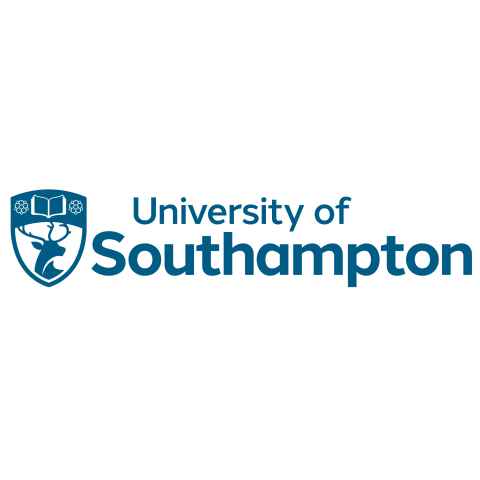
An academic’s advice for navigating risk
During the first week of my PhD programme, I had a meeting with my supervisor. He said: “Yaniv, I fear your likelihood of finding an academic position is slim. Do not take it personally, but there are just very few academic positions and many qualified applicants.”
Well, that was a promising start. Up to that very point, the idea that pursuing a PhD was a risky business had never crossed my mind. I was completely naive. What I continued to learn and experience as my career progressed, though, was how both risk and uncertainty are integral parts of the academic journey.
- I’d tell my younger self that my chequered past would be my strength
- You’re not alone: tips to help academics avoid social isolation
- Spotlight: How to progress in your academic career
Let’s start with the advice my supervisor gave me in my first week. It turns out that his estimation was rather on the optimistic side. Research by the Royal Society indicates that less than 4 per cent of PhD students end up securing a permanent academic job. If this rate is not enough to deter candidates, knowing that only 0.45 per cent of those who start their PhD end up as full professors might be. Pursuing a PhD, thus, in the hope of securing an academic job turns out to be a risky and uncertain business. Of course, academic jobs are not the only ones available, and most PhDs find employment outside academia.
The risky path to academic publication
By the end of my second year as a PhD student, I submitted my first paper to be considered for publication in a journal. As the journal charged a $40 (£32) processing fee, I assumed that it would automatically be published. You can imagine my puzzlement when I received a letter from the journal editor indicating that many changes were required.
To my mind, one of the riskiest and most uncertain domains academics face is publication. Top journals often accept only 10 per cent of papers received, and at some journals, the process from submission to acceptance can take years. Thus, academics often face the difficult question of which project to pursue.
Several strategies can mitigate – but not eliminate – this conundrum. Early in my career, I asked several successful and eminent researchers for their advice on how to tackle this problem. A few themes emerged from these discussions. The first piece of advice was to pursue two types of projects: a “safe” one and a “risky” one (probably better termed a risky and a very risky one). A safe project will extend or continue a programme that has already been successful. It might not end up in a top journal, but it is more likely to be completed, submitted and accepted. In contrast, a risky project is novel in fundamental ways, such as domain of research or methodology. A risky one might end in a more prestigious outlet, but the probability that it will come to fruition might be much lower.
A second theme to emerge was the importance of building a body of work that can be identified as one’s own before extending one’s research into other areas. Focusing on projects that are closer to completion (work from one’s dissertation, for example) should receive priority over developing new research programmes.
Finally, all these researchers mentioned the importance of quality over quantity. I wish I had listened more carefully and adhered to this advice more closely.
Grant applications and other hurdles to funding
During the third year of my PhD studies, I applied for a position in a lab outside my country. To my surprise and delight, I was offered the position. However, the funding was for one year only. Hence, like many others in my position, I had to apply for external funding to continue my academic journey (and eat and pay the bills).
The grant application, in several ways, might be an even riskier business than publication. While papers can be submitted to many journals (and often are), grants can be submitted to one (or possibly two) funding bodies or agencies. With about 20 per cent success rate, investing months of work to develop and hone a grant application turns out to be a risky and uncertain business. Funding agencies might shift their focus from one year to the next, and certain research topics might no longer be in vogue. Also, taking time to develop a large grant application means less can be devoted to publications. Of course, the need to apply for and secure funding varies substantially among academic disciplines, with some able to conduct research with limited resources while others require large ones.
Be collegial, kind and collaborative
Sitting with my postdoc adviser over dinner, I asked him about what risks he thinks academics face and what advice he would give. Three things stand out in what he said. First, be collegial. It is risky to alienate yourself from your department colleagues, as they will be the ones voting for your promotion or sabbatical and serve as external examiners to your PhD students.
Likewise, be kind to and supportive of your students. They are not only the future generation of researchers but people who will help drive your research forward. Finally, academics risk being isolated. As such, aim to build lasting collaborations. Think about it as a long-term investment rather than a short-term one.
As a neophyte PhD student, I never thought of an academic career in terms of risk and uncertainty. As I have tried to illustrate, many of the core activities academics are engaged with are laden with risks and uncertainties. It is little wonder that the academic work environment has been characterised as stressful. To my knowledge, however, academics are rarely provided with training on how to deal with risk and uncertainty. Drawing on our knowledge about risk and uncertainty could help academics deal better with the very nature of their complex work environment.
Yaniv Hanoch is a professor in decision science at the University of Southampton.
If you would like advice and insight from academics and university staff delivered direct to your inbox each week, sign up for the Campus newsletter.




